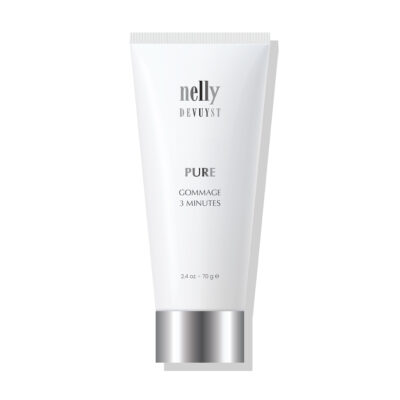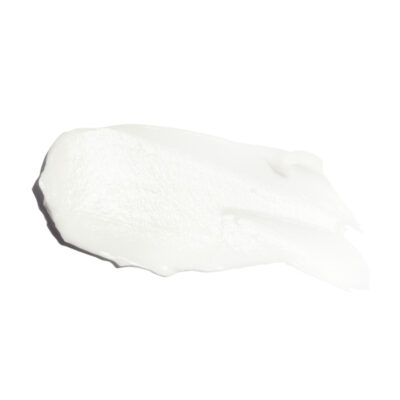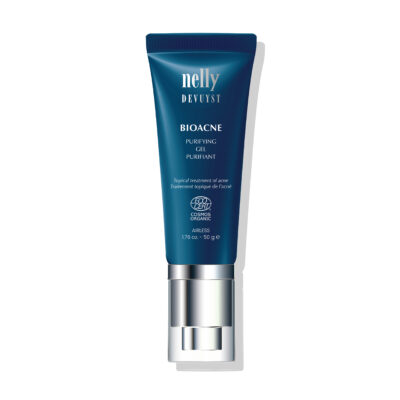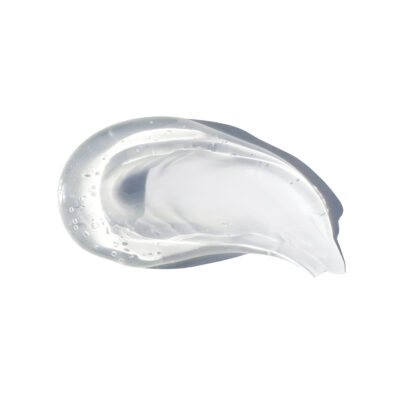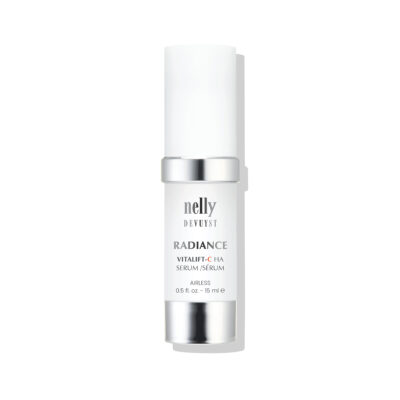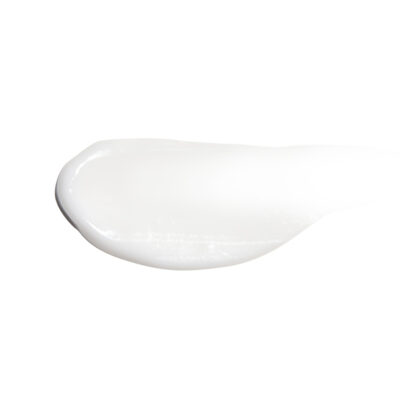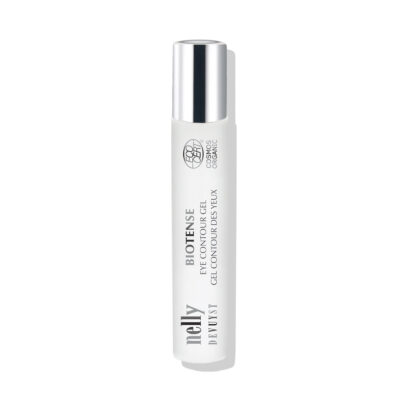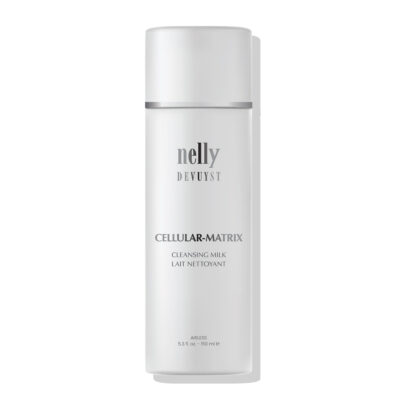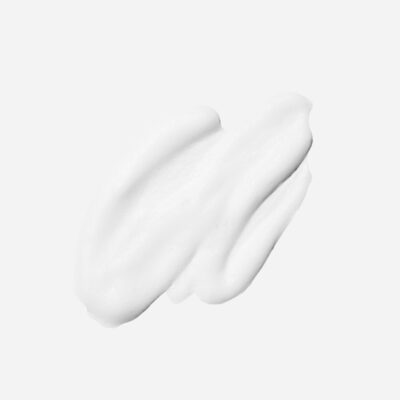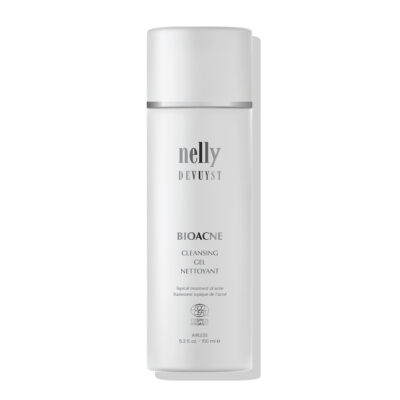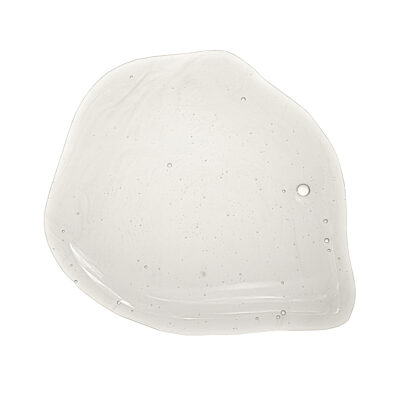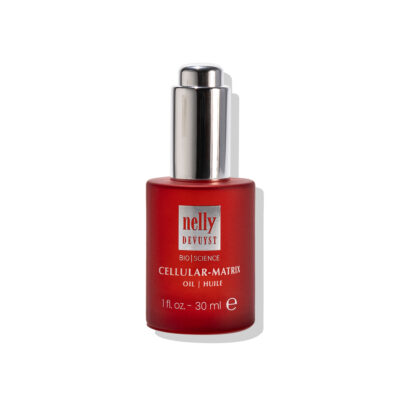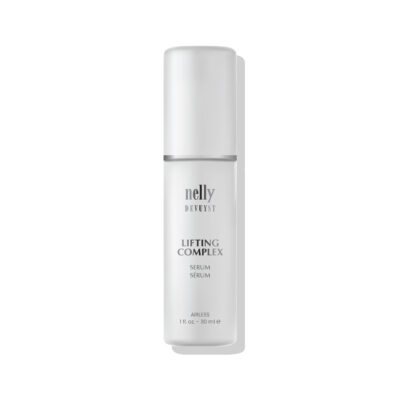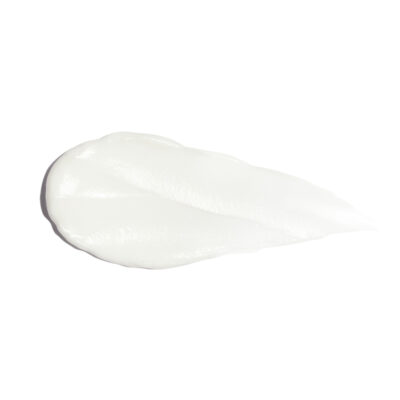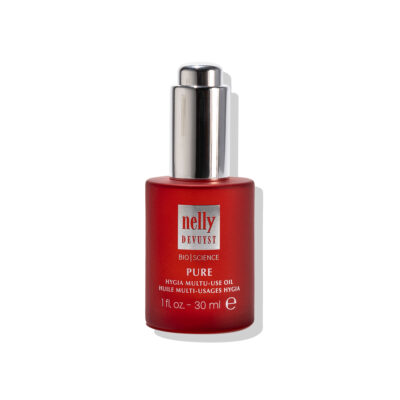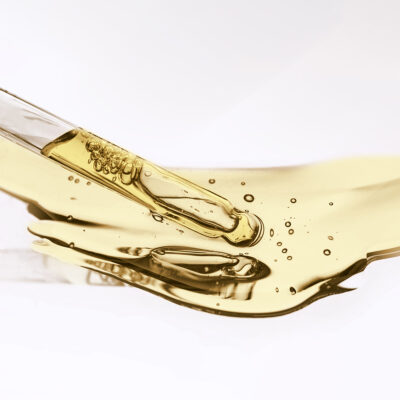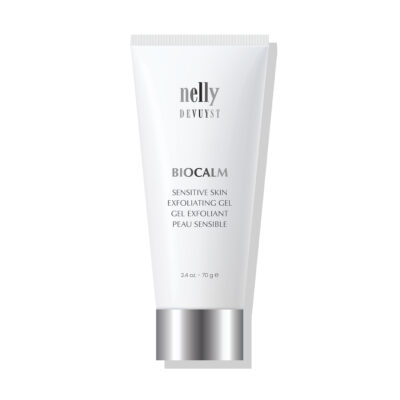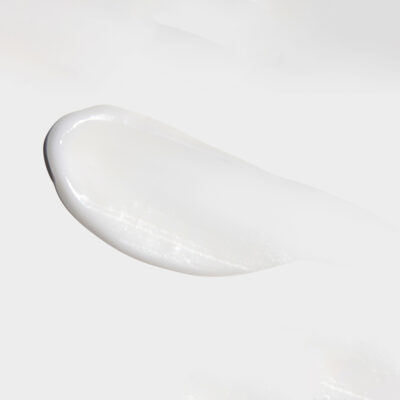Rosacea: Symptoms, Causes, Triggers & Recommended Treatment
The first thing we need to look at when trying to figure out what is happening with your rosacea to begin with, is understanding what is rosacea and why you may have it. Did you know that approximately one in ten people could be affected with this condition at some point in their life? This may seem like a small number but if you are looking at the US population for example this means that there are more than 14 Million people who live with rosacea at different levels, stages or severity.
Before we get into the symptoms, causes, triggers and recommended treatment, let’s dive in and explore what this common condition is and the different subtypes. Rosacea is a chronic skin condition we mainly see in the face and it causes visible redness that could be diffused or permanent, telangiectasia and for some people it can develop breakouts known as acne rosacea. If you are wondering what causes rosacea that is where it gets a bit tricky. The exact cause for rosacea is unknown. However, we do know a few things.
Some of the factors in determining if you may be affected by rosacea are the following:
- Genetics: Just like many other conditions, the genetic factor plays an important part in determining if you might be affected by this at some point in your life. Many studies have also pointed out that women are more likely than men to get rosacea. The other interesting factor is that although women are more likely to get rosacea, according to the AAD (American Academy of Dermatology) the severity tends to be worse in men than in women.
- Weakened Immune system: If you suffer from chronic conditions or perhaps are taking certain types of medicine, you could be affected not only by the condition but also by chemical reaction of the combination.
- Skin’s Microbiome: If you’ve been here for a while, you have heard us speak of a mite called Demodex folliculorum. These eight-legged mites that likr to reside in hair follicles and oil glands are proven quite beneficial when balanced. That is, until there are too many of them. The skin has something called the hydrolipidic film or acid mantle. This is composed of sweat, epidermis secretions as well as sebaceous oils and it is there to protect the skin against bacteria. In the event that your skin’s natural defenses are disrupted, this is when you can begin to experience skin eruptions due to the Demodex proliferating. There are a variety of factors that can affect your skin’s natural defense going from intrinsic to extrinsic factors which bring us to the next point.
- Environmental Factors: Some people can be affected much more with rosacea according to the climate and conditions in which they live. For example, if you live in an extremely sunny, dry, windy or even polluted area, you could be more likely to develop rosacea in different stages.
The symptoms of rosacea can vary from one individual to another but it does not mean it should not be addressed when experiencing mild symptoms. The most common symptom we will come across without examination or even diagnosis will generally be persistent redness that can almost look like flushing and blushing and can even resemble somewhat of a sunburn appearance. The usual areas we will see the redness are on the nose, cheeks, chin and forehead. We can also very commonly see distinct but small dilated blood vessels known as telangiectasia through the diffused redness. These are typically the first stages or rosacea and in some cases, there is no worsening of the symptoms, which means they can remain stable. In some cases, people can develop acne like bumps that are often mistaken for acne but really, it is a different condition called Acne Rosacea. These bumps can often come and go but usually don’t go away with classic topical acne products as the Demodex doesn’t respond to those types of ingredients.
Another symptom of rosacea is called ocular rosacea. Although it is common in people with rosacea, you can still get this condition without having rosacea on your face. When affected by ocular rosacea, it may cause dryness, itching and overall discomfort.
Lastly, there is the possibility of thickening of the skin particularly on the nose area and in this case, the condition is called rhinophyma. Do not worry, if you have rosacea, you will not automatically get rhinophyma. It is something that can be referred to as an uncommon subtype of rosacea.
There is a misconception that rosacea can only be found on lighter skin tones but that is not accurate. Darker skin tones can also suffer however visually speaking; it is not as easy to tell. The best tip would be to see if the skin is warm to the touch and if the person feels any discomfort and sensitivity.
Now that we have brought some light to the causes and symptoms, let’s explore the triggers. One thing that is important to remember is that everyone has personal triggers and identifying them is key to managing your rosacea effectively. If we refer to something mentioned previously, external triggers may include sunlight exposure and the reason is quite simple: UV exposure makes the blood vessels dilate giving that almost immediate flushing and increased redness in the skin on the face. For many people suffering from rosacea, being exposed without any sun protection for even as little as 5 minutes can worsen symptoms.
Temperature extremes can also play an important role in the management of what you can call flare-ups. This goes back to the environmental factor: going from a balanced temperature indoors to below freezing when your skin is not properly protected can lead to that flushing effect within as little as a few minutes for someone with more fragile capillaries.
Some research has also shown that alcohol could not only increase someone’s risk of developing rosacea but it may also worsen existing conditions as alcohol is also going to dilate your blood vessels which will increase blood flow to your epidermal tissue or upper layers and cause that flushing effect as well. Unfortunately, the same applies to spicy food for someone who is equally reactive.
Ultimately, skincare products can be a trigger. It is very important to stay away from any harsh cleansers, scrubs and certain ingredients as they could transform your already sensitive skin into a sensitized skin. Everyone has access to so much information in today’s world and it is normal to be tempted to try the latest skin trend but be aware this can also make your rosacea worse.
With all of this being said, you are probably reading and wondering, “What are the recommended treatments for rosacea?”
There is always going to be the option of going with topical prescriptions or oral antibiotics. However, you may end up with unwanted side effects such as dry, flaky and uncomfortable skin. With Nelly De Vuyst, we bring you solutions that are going to respect not only your skin’s pH, but also its integrity all while being sustainable, safe and effective. You can find a customizable skincare routine based on your needs. Within a very short period, you will find that the ingredients used within the BioCalm Collection will soothe, give back comfort and diminish redness. Think of your skincare regimen as if you are reinforcing your skin’s natural defenses by giving it the prebiotics that will allow it to bring its microbiome back to where it needs to be to remain healthy. You will also find key active ingredients such as Hawthorn, Horse chestnut, and cornflower water also known as blueberry water, St-John’s Wort, caper bud extract and so much more. Now that you understand the symptoms, causes and triggers, Take control with your customized skincare regimen and feel the difference of gentle yet effective formulas created to offer results.

 Français
Français